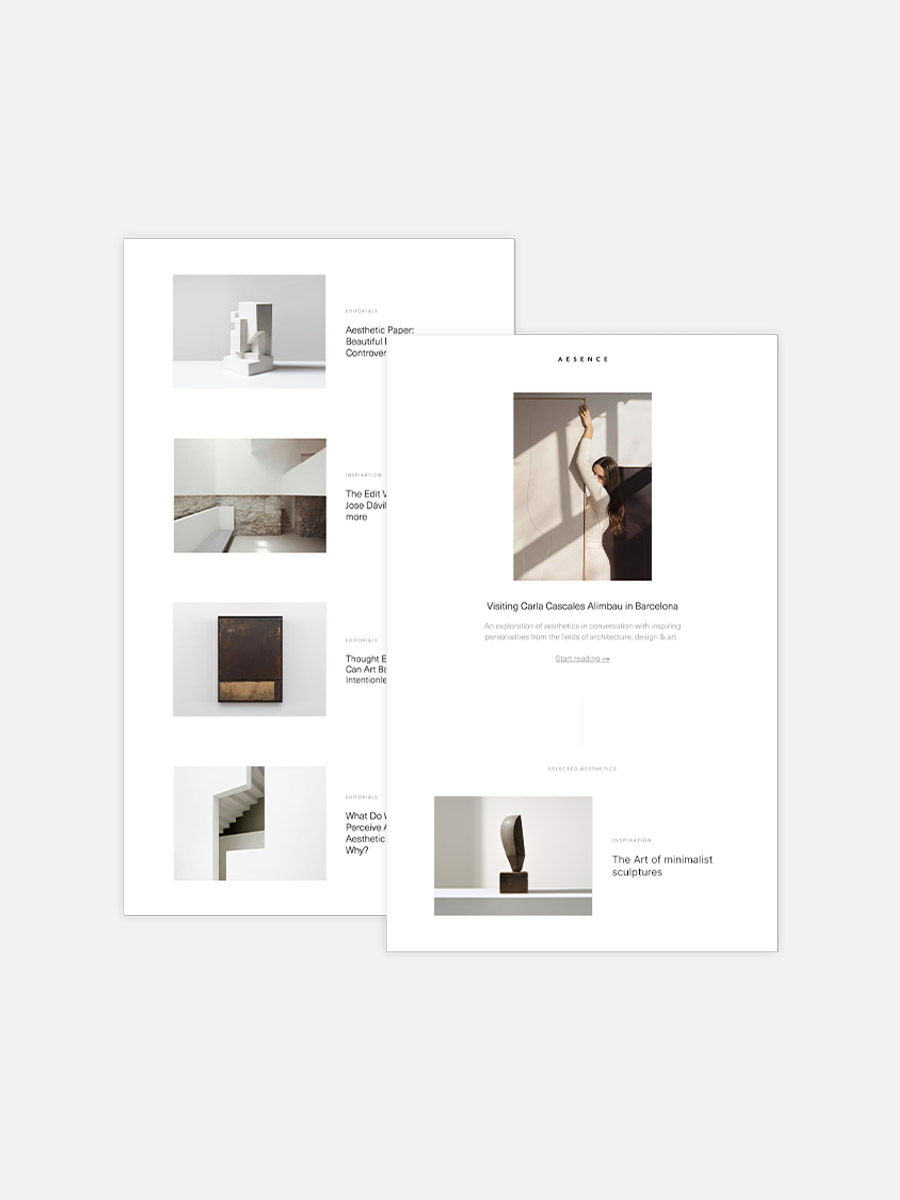British artist Keith Coventry, born in 1958 in Burnley, UK, is considered one of the most respected and well-known artists of his generation. His artistic output is characterized primarily by a unique ability to portray everyday subjects – from fast food to the British monarchy – through the lens of modernist idealism. In doing so, his work brings the art movements of the 20th century into an exciting dialogue with contemporary political, cultural, and social issues – all while maintaining an astonishingly minimalist aesthetic.
Coventry studied Fine Art at Brighton Polytechnic and the Chelsea School of Art, graduating in 1982. Before making a living from art, Coventry took on various jobs – such as painter, decorator, and janitor at a public girls’ school in London.1 Ten years after graduating, he had his first solo exhibition at the Karsten Schubert Gallery.
His multifaceted oeuvre ranges from monochrome paintings in white or black to abstract, geometric forms and depictions of the McDonald’s logo. He says about his work: “My themes are culled straight from the tabloids or based on social observation.”2 By always working in series, such as “Junk”, “Estate Paintings” or “White Abstracts”, Coventry always creates interesting references and dialogues with art history.
For example, Coventry’s “Estate Paintings,” with their simple, geometric forms, could at first glance be read as an homage to Kazimir Malevich’s Suprematist paintings (see the two paintings above). However, they are actually reproductions of plans of British social housing. In an interesting interview with “Art Interview Magazine” he said about the series: “When I saw the original council estate maps, I was struck by how much they resembled early 20th-century modernist paintings. So, I reproduced a map leaving off all the text. They are a comment on how the utopian vision of housing estates has gone wrong. People live on these estates and feel that they want to escape to somewhere else, but they can’t.”2
In his “White Abstracts” he veils the representational with the color white. At first glance, the paintings appear to be simple, textured surfaces. Upon closer inspection, however, they reveal complex brushstrokes depicting various images and iconic figures from English history. Here he uses white to symbolize the loss of meaning. This subtle technique creates an exciting balance between abstraction and figuration, inviting the viewer to engage more deeply with the work.1
Works such as those in the above series are usually characterized by their minimalist aesthetic – reduced representations of reality stripped down to the essentials, but with a social consciousness at their core. Coventry’s work thus not only shows his interest in social and political issues, but also combines this with humor, a profound knowledge of art history, and the empowering strength of art.
He thus reflects the time in which we live in an aesthetic way – a refreshing contrast to the often visually overloaded contemporary art scene.


